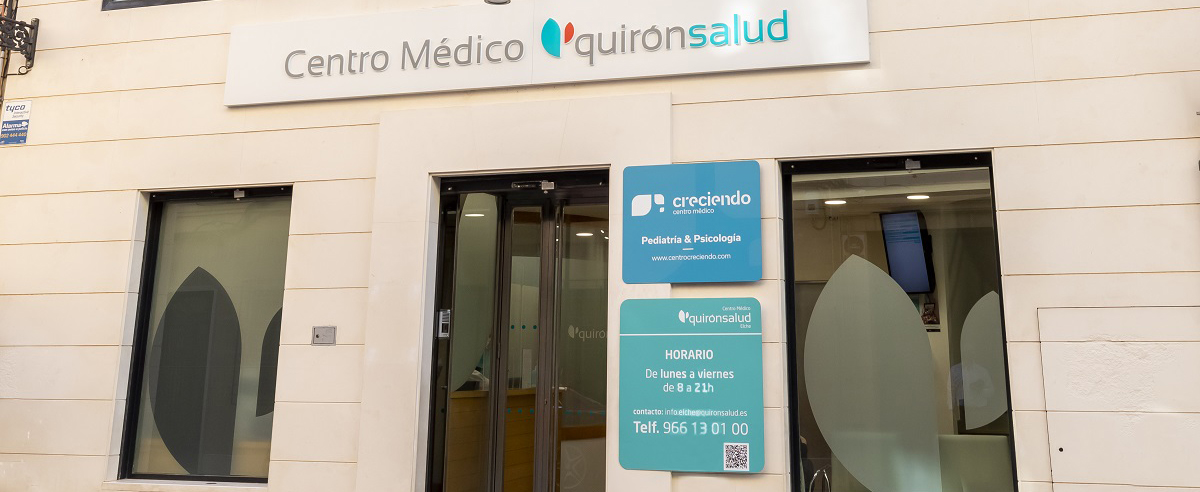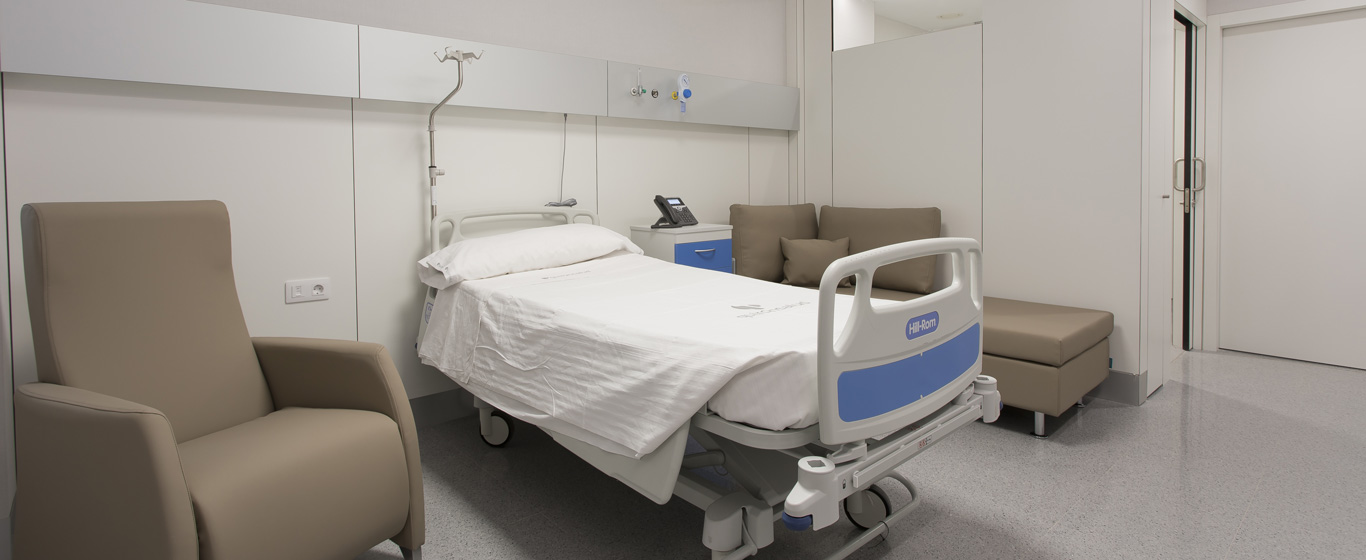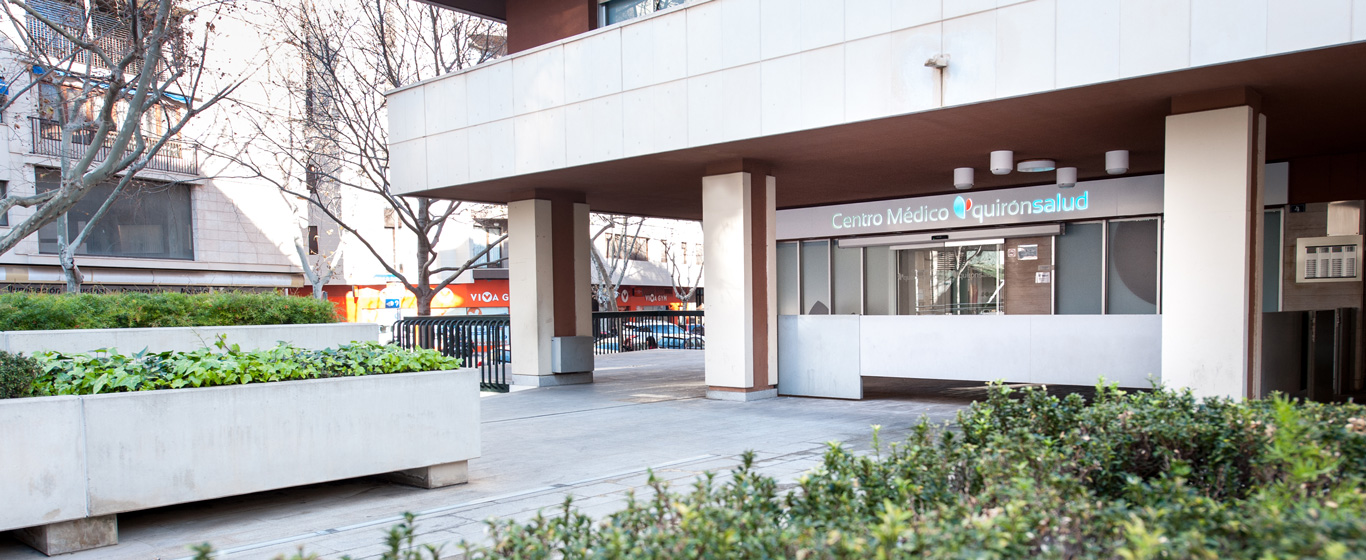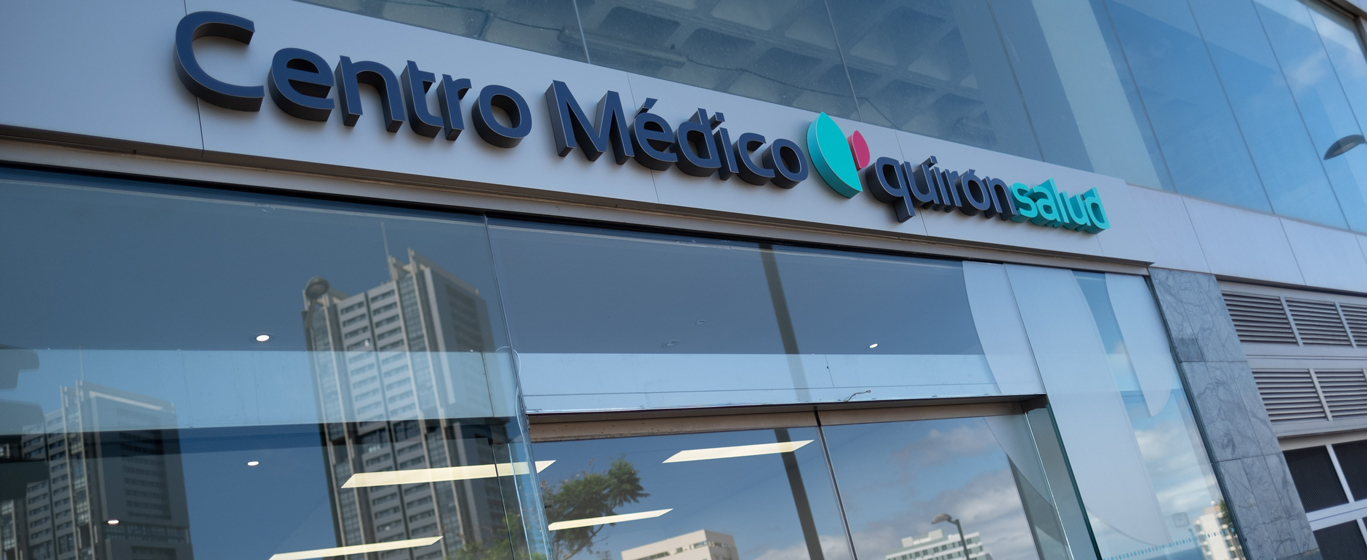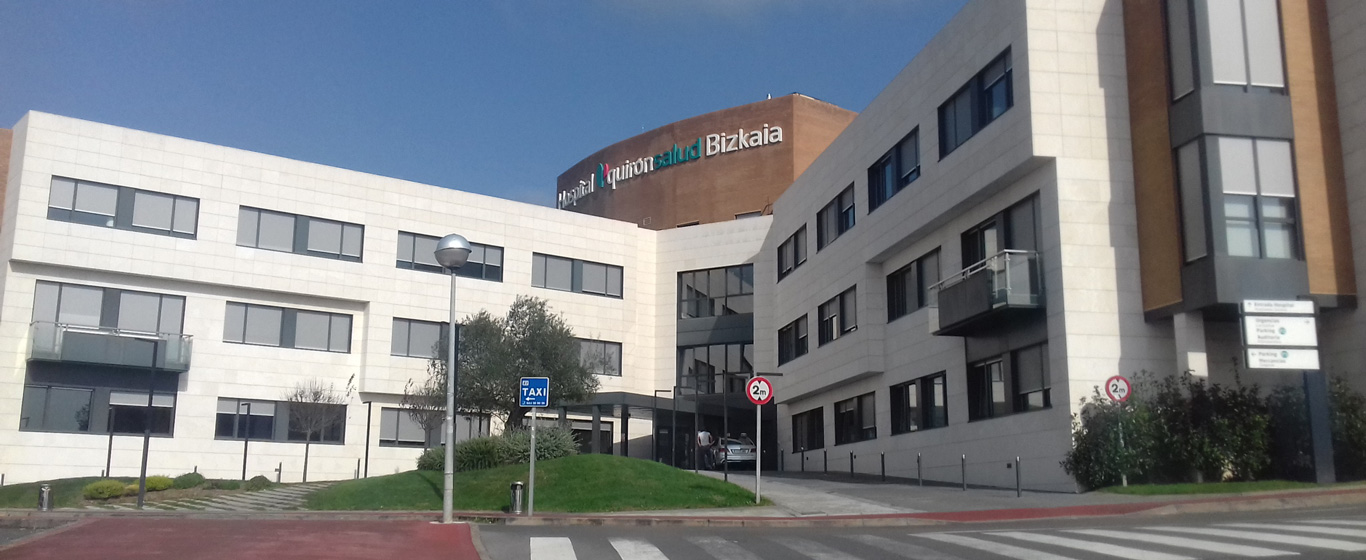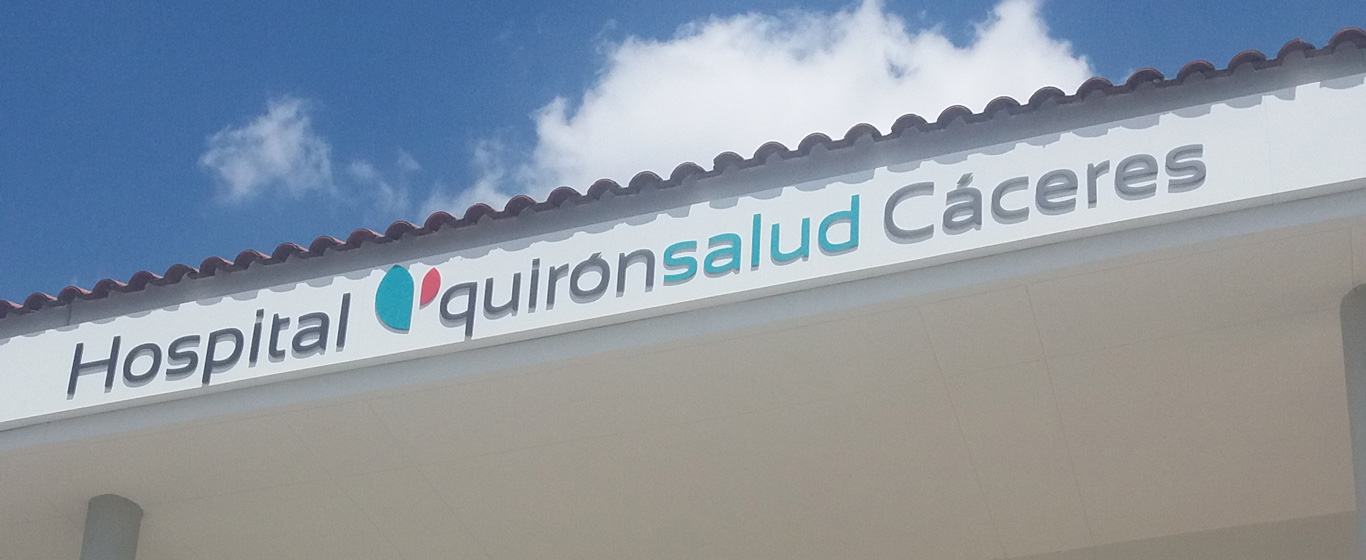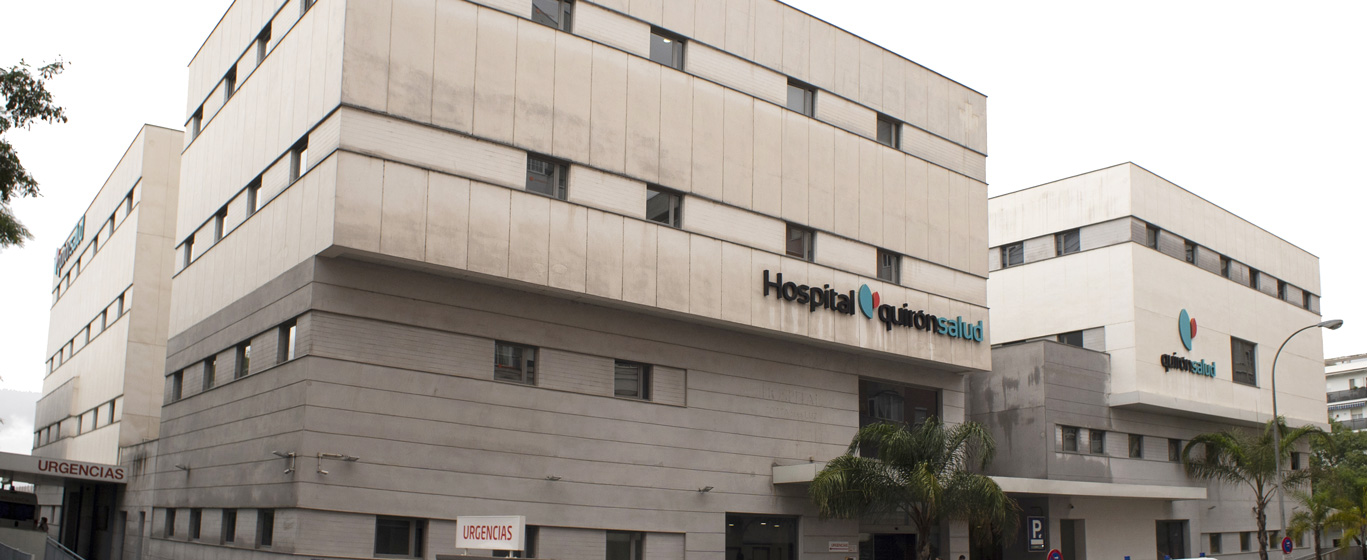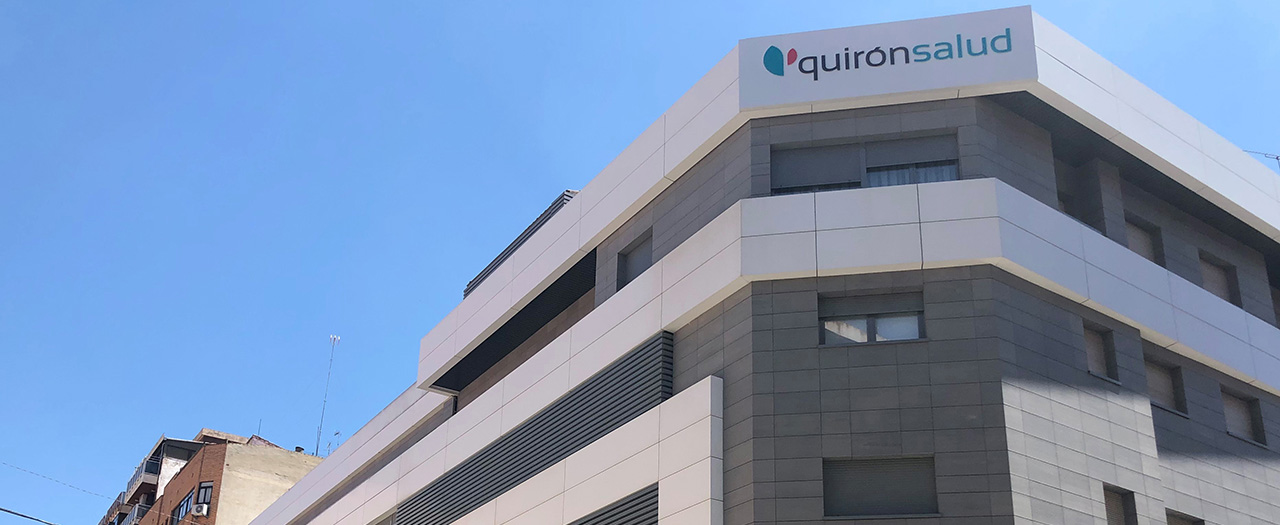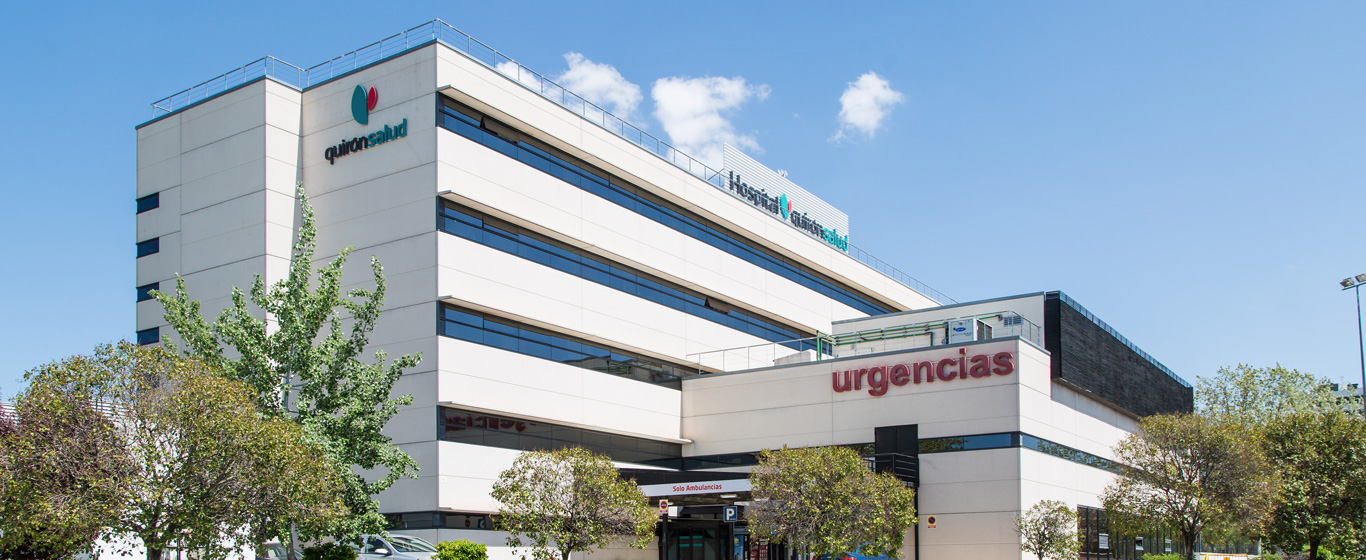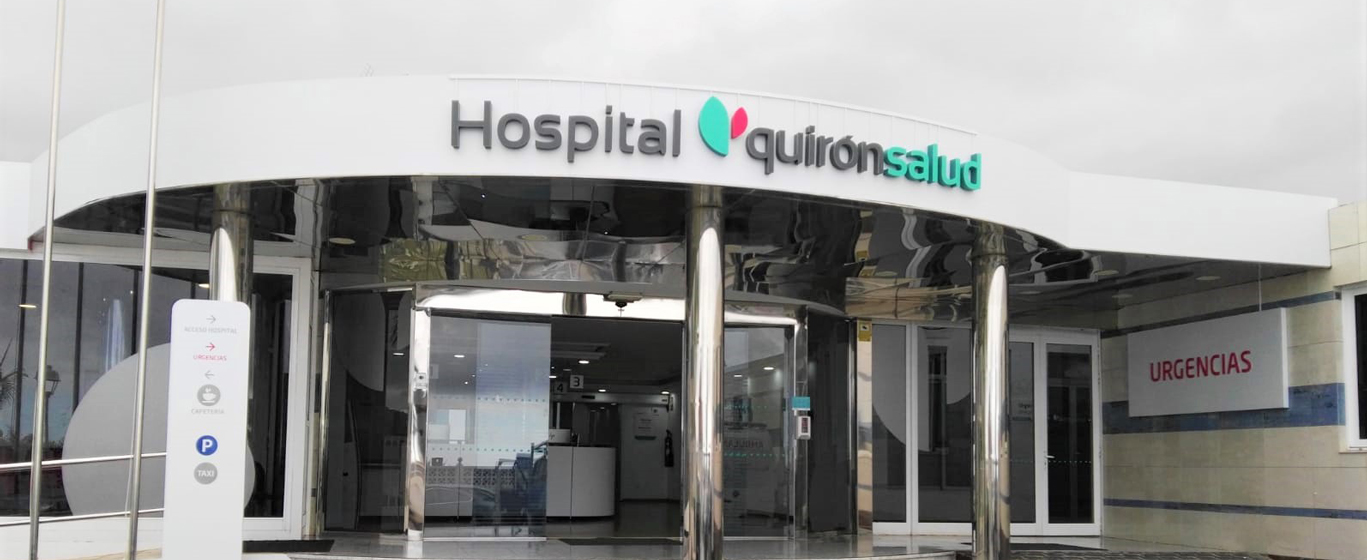Spondylosis
Why does spondylosis develop? All the information on this condition: causes, symptoms, and treatments.
Symptoms and Causes
Spondylosis refers to the progressive and gradual wear of the intervertebral discs, which can affect the vertebral structure and spinal function. It is a degenerative condition that is very common in individuals over 40 years of age.
Depending on the affected vertebrae, three types of spondylosis are distinguished:
- Lumbar spondylosis: affects the lumbar vertebrae in the lower back. It is the most common form.
- Cervical spondylosis: affects the cervical vertebrae in the upper back and neck.
- Dorsal spondylosis: occurs in the dorsal vertebrae in the thoracic region. It is uncommon.
Symptoms
The symptoms of spondylosis vary depending on its type:
- Lumbar spondylosis symptoms:
- Low back pain (lumbalgia): pain in the lower back. It can be constant or occur with activity or changes in posture.
- Stiffness of the spine: difficulty moving the back.
- Facet syndrome: pain and joint stiffness, primarily experienced upon waking.
- Occasionally, sciatica: intense pain that radiates down the leg.
- Cervical spondylosis symptoms:
- Neck pain (cervicalgia): pain in the neck.
- Neck stiffness.
- In more severe cases, the following may manifest:
- Cervical radiculopathy: pain extending to the arm, accompanied by weakness, cramps, and tingling.
- Cervical myelopathy: instability, difficulty moving the limbs, and reduced sensitivity.
- Incontinence.
- Dorsal spondylosis symptoms:
- Mid-back pain (dorsalgia): pain in the middle part of the back, which intensifies when bending the back or exerting physical effort.
Causes
Spondylosis generally occurs naturally: as we age, the intervertebral discs lose water, density, and volume, which weakens and thins them, reducing their cushioning function. This leads to increased friction between the vertebral bones, resulting in pain and swelling. Likewise, aging causes the spinal ligaments to become stiff and lose flexibility. Additionally, excessive strain on the back or repetitive flexion and extension movements of the spine, primarily due to sports or work-related activities, contribute to the development of spondylosis.
This disc degeneration often leads to other changes in the vertebral joints:
- Herniated discs: protrusion of the nucleus pulposus of an intervertebral disc towards the nerve root.
- Osteophytes or bone spurs: abnormal bone growth in the form of a protrusion on the articular surface (deforming spondylosis).
Both herniations and osteophytes can compress the spinal cord and nerve roots, leading to the neurological symptoms of spondylosis.
Risk Factors
Factors that increase the risk of developing spondylosis include:
- Age: it usually manifests between the ages of 40 and 60, becoming very common after 60.
- Sex: it is more common in women.
- Sedentary lifestyle: lack of activity leads to muscle mass loss and weakens the spine.
- Previous spinal injuries.
- Obesity: excess weight increases pressure on the spine.
- Activities that require maintaining forced postures or performing repetitive movements.
- Family history: there is a genetic predisposition to developing such conditions.
Complications
The pain and stiffness caused by advanced spondylosis can be disabling and limit the patient's daily life and work activities. Furthermore, if the pressure on the spinal cord or nerve roots is too high, it can cause severe and even permanent neurological damage, such as severe muscle weakness, loss of bladder or bowel control, sexual dysfunction, loss of sensation, or paralysis.
Prevention
While the natural aging of the body cannot be prevented, measures can be taken to delay or reduce vertebral degeneration:
- Maintain good posture, both when standing and sitting.
- Lift heavy objects properly.
- Maintain a healthy weight.
- Strengthen abdominal and back muscles through exercise.
What doctor treats spondylosis?
Spondylosis is evaluated and treated in the trauma and orthopedic surgery department.
Diagnosis
Diagnosing spondylitis involves various tests:
- Physical examination: a physical exam allows checking the range of motion, flexibility, degree of pain, as well as muscle strength, reflexes, and gait.
- X-ray or CT scan: X-ray images can show signs of disc degeneration, such as osteophytes, narrowing of the intervertebral space, or alignment abnormalities in the spine.
- MRI: this test provides images of soft tissues, offering more precise views of damage to the spinal cord and nerve roots.
- CT myelography: a contrast fluid is injected into the spinal canal, providing detailed images of the spinal canal and vertebral structures.
- Nerve function tests: these may be needed to assess neurological damage. Electromyography measures the electrical activity of both contracted and resting muscles, while nerve conduction studies measure the intensity and speed of nerve impulse transmission.
Treatment
The treatment for spondylitis depends on its severity. The goal is to alleviate symptoms, maintain quality of life, and prevent permanent spinal cord damage. Various options are available:
- Pharmacological treatment: medications to reduce inflammation and alleviate pain.
- Nonsteroidal anti-inflammatory drugs.
- Corticosteroids.
- Muscle relaxants.
- Anticonvulsants.
- Antidepressants.
- Physiotherapy: massages, exercises, and specific techniques aimed at alleviating pain, improving flexibility, and strengthening the spine.
- Surgical treatment: may be necessary if previous treatments are ineffective and spinal cord involvement is present. Surgery prevents further neurological damage but generally does not reverse existing damage.
- Decompressive laminectomy: removes a portion of the back part of the vertebra (the vertebral lamina) to enlarge the spinal canal and reduce pressure on the spinal cord or nerve roots. Bone spurs are also removed.
- Spinal fusion or arthrodesis: fuses two or more vertebrae to prevent movement. A bone graft is placed in the intervertebral space to form solid bone mass with the affected vertebrae. Rods, screws, or plates can be implanted to speed up fusion. The bone graft can be artificial or taken from the patient or a donor.















